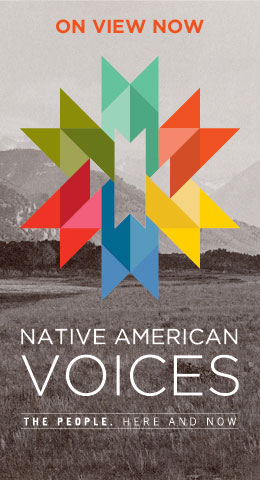- Home
- History
History of Kourion

Kourion (also Curium), one of the ancient city-kingdoms of Cyprus, lies west of the Kouris River, on the island’s fertile south coast. The area was continuously occupied from the Neolithic period until the Late Roman period and later, although it is largely a Hellenistic and especially Roman city that is visible today on the acropolis on the Kourion bluff that overlooks the sea. The University of Pennsylvania expedition, which began excavation at Kourion in 1934, brought to light evidence of all these phases of activity in the Kourion area: Neolithic at Sotira Teppes, Bronze and Iron Ages at Bamboula and Kaloriziki, Archaic period at the Sanctuary of Apollo Hylates, the Hellenistic and Roman periods in the main city site on the acropolis, in the Sanctuary of Apollo and at the cemetery of Ayios Ermoyenis, and the Late Roman and Early Christian eras at the basilica and the Eustolios complex with their well preserved mosaics.

The Penn expedition excavated at Kourion from 1934 to 1954, with an interruption during World War II, under the direction of Bert Hodge Hill, John Franklin Daniel, and George McFadden. Kourion was well known before, as Luigi Palma di Cesnola and H. B. Walters (on behalf of the British Museum), among others, were there in the 19th century. And other excavations, such as those of the University of Arizona Missouri and Walters Art Gallery under David Soren and Diana Buitron-Oliver in the Sanctuary of Apollo and the Cyprus Department of Antiquities under Demos Christou in the area of Hellenistic agora/Roman forum, have continued in the years after 1954. The Penn Museum Archives also houses the records of Diana Buitron-Oliver’s excavations at Kourion, 1978-82. Both Penn’s work and more recent studies of the site were highlighted in a symposium celebrating the 75th anniversary of the beginning of Penn’s excavations: “The Ancient Kourion Area: Penn Museum’s Legacy and Recent Research in Cyprus,” held at the Museum in March 2009. The symposium volume, edited by Ellen Herscher and published by the Penn Museum, is forthcoming.
This website highlights the Kourion collection in the Penn Museum—some two thousand objects—that came to Philadelphia through a division of finds with the Cyprus Department of Antiquities. The Museum also houses the excavation documentation, consisting of notebooks, correspondence, photographs, plans and drawings, which is preserved in the Museum Archives. For a more comprehensive study of the archaeology of Cyprus, see the online research catalogue Ancient Cyprus in the British Museum edited by Thomas Kiely, on the website of the British Museum. (Or see the section devoted to Kourion.)
Note: The designation of the Kourion sites here largely follows the usage in the excavation documentation. Cypriot archaeologists now identify sites with the name of the nearest village or town and a more specific place-name, so Episkopi Bamboula, for example.


